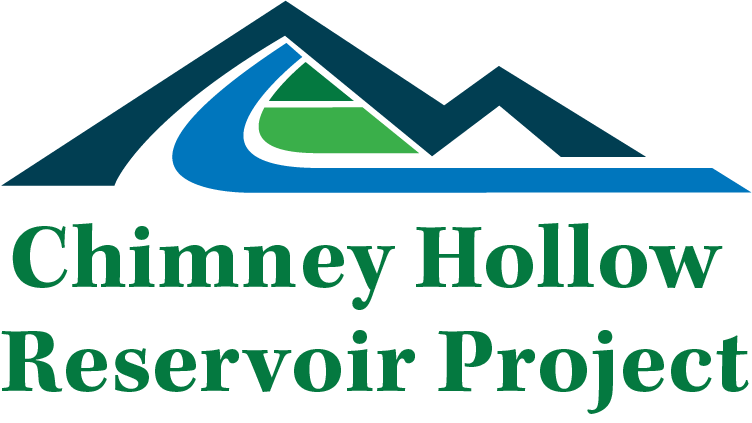Depending on the active work areas, daily testing may include:
- Embankment fill, including material gradation and density on each of the five embankment zones placed.
- All components of asphalt production and placement.
- Concrete field testing and lab testing to confirm that the concrete has reached its specified strength and durability.
- Rock anchor grout and anchor pull tests
- Tunnel support and shotcrete lining.
McCormick said each inspector is assigned to different areas of work that align with their skillset. For example, these specialists include an asphalt specialist from Quebec, Canada, who has worked on a number of asphalt core dam projects in Canada. Cross-training between disciplines and areas of work is also important among inspectors so that quality assurance activities can continue when inspectors are out of the office.
No construction process is perfect, and tests or inspections do fail from time to time. When this happens, a non-conformance report is developed. This process includes investigating the root cause of the problem, developing a corrective action plan to fix the problem, and mitigating the potential for future quality issues and finally verifying the process to close out the report.
“This process verifies that the correction has been made and processes have been adjusted so that it won’t happen again,” McCormick said. “If two labs do something slightly differently and come to different results, we investigate and we can usually resolve it fairly quickly.”

